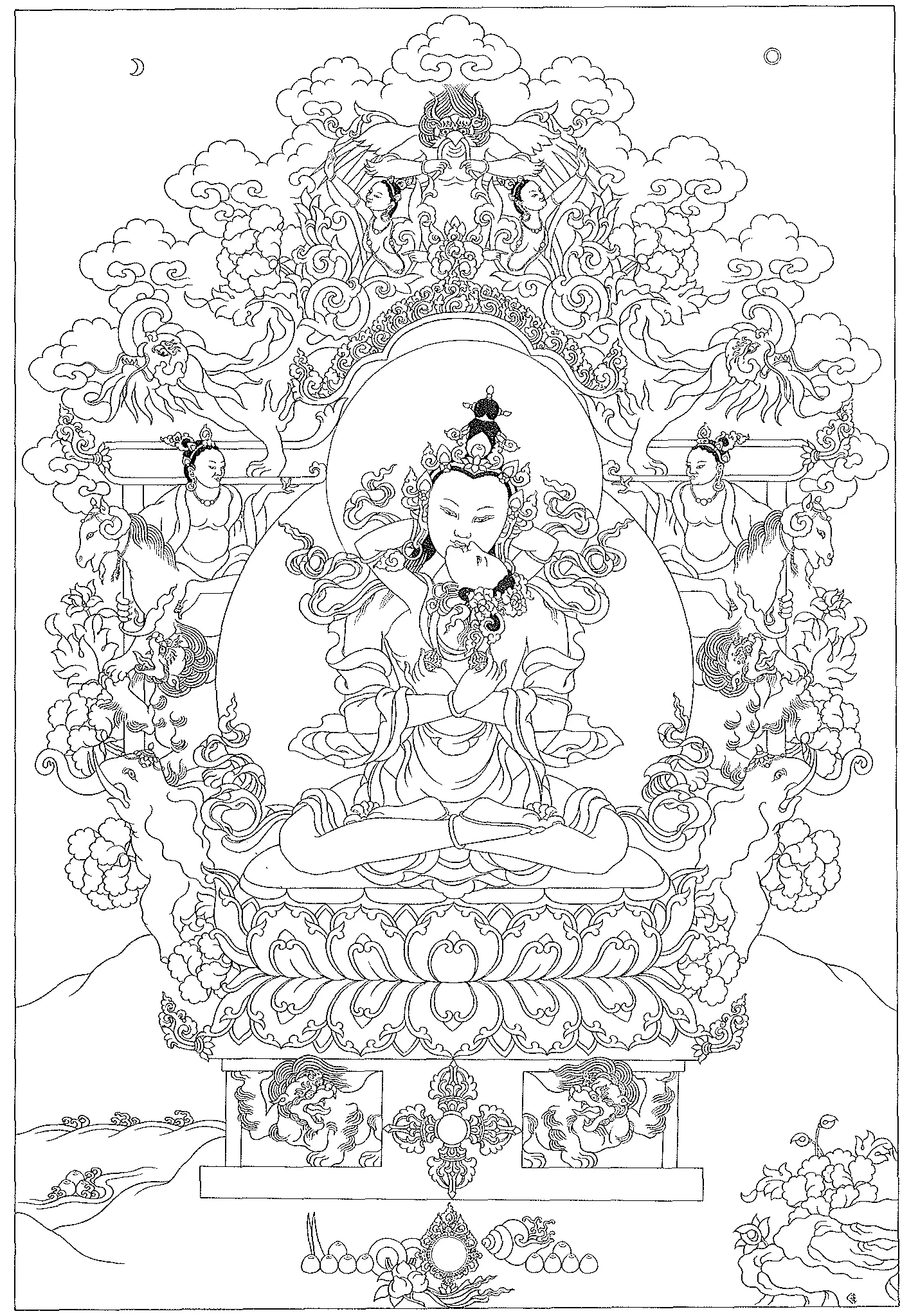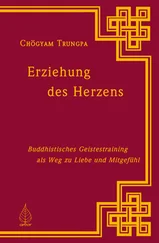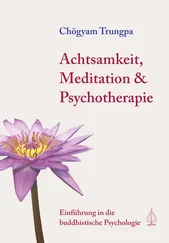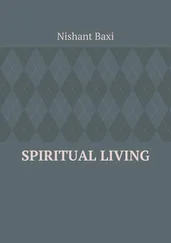Chögyam Trungpa - Cutting Through Spiritual Materialism
Здесь есть возможность читать онлайн «Chögyam Trungpa - Cutting Through Spiritual Materialism» весь текст электронной книги совершенно бесплатно (целиком полную версию без сокращений). В некоторых случаях можно слушать аудио, скачать через торрент в формате fb2 и присутствует краткое содержание. Город: Boston & London, Год выпуска: 2002, ISBN: 2002, Издательство: Shambhala Publications, Inc., Жанр: Религиоведение, Религия, на английском языке. Описание произведения, (предисловие) а так же отзывы посетителей доступны на портале библиотеки ЛибКат.
- Название:Cutting Through Spiritual Materialism
- Автор:
- Издательство:Shambhala Publications, Inc.
- Жанр:
- Год:2002
- Город:Boston & London
- ISBN:0-87773—050—4
- Рейтинг книги:5 / 5. Голосов: 1
-
Избранное:Добавить в избранное
- Отзывы:
-
Ваша оценка:
- 100
- 1
- 2
- 3
- 4
- 5
Cutting Through Spiritual Materialism: краткое содержание, описание и аннотация
Предлагаем к чтению аннотацию, описание, краткое содержание или предисловие (зависит от того, что написал сам автор книги «Cutting Through Spiritual Materialism»). Если вы не нашли необходимую информацию о книге — напишите в комментариях, мы постараемся отыскать её.
Cutting Through Spiritual Materialism — читать онлайн бесплатно полную книгу (весь текст) целиком
Ниже представлен текст книги, разбитый по страницам. Система сохранения места последней прочитанной страницы, позволяет с удобством читать онлайн бесплатно книгу «Cutting Through Spiritual Materialism», без необходимости каждый раз заново искать на чём Вы остановились. Поставьте закладку, и сможете в любой момент перейти на страницу, на которой закончили чтение.
Интервал:
Закладка:
The fundamental characteristic of true compassion is pure and fearless openness without territorial limitations. There is no need to be loving and kind to one’s neighbors, no need to speak pleasantly to people and put on a pretty smile. This little game does not apply. In fact it is embarrassing. Real openness exists on a much larger scale, a revolutionarily large and open scale, a universal scale. Compassion means for you to be as adult as you are, while still maintaining a childlike quality. In the Buddhist teachings the symbol for compassion, as I have already said, is one moon shining in the sky while its image is reflected in one hundred bowls of water. The moon does not demand, “If you open to me, I will do you a favor and shine on you.” The moon just shines. The point is not to want to benefit anyone or make them happy. There is no audience involved, no “me” and “them.” It is a matter of an open gift, complete generosity without the relative notions of giving and receiving. That is the basic openness of compassion: opening without demand. Simply be what you are, be the master of the situation. If you will just “be,” then life flows around and through you. This will lead you into working and communicating with someone, which of course demands tremendous warmth and openness. If you can afford to be what you are, then you do not need the “insurance policy” of trying to be a good person, a pious person, a compassionate person.
Q: This ruthless compassion sounds cruel.
A: The conventional approach to love is like that of a father who is extremely naive and would like to help his children satisfy all their desires. He might give them everything: money, drink, weapons, food, anything to make them happy. However, there might be another kind of father who would not merely try to make his children happy, but who would work for their fundamental health.
Q: Why would a truly compassionate person have any concern with giving anything?
A: It is not exactly giving but opening, relating to other people. It is a matter of acknowledging the existence of other people as they are, rather than relating to people in terms of a fixed and preconceived idea of comfort or discomfort.
Q: Isn’t there a considerable danger of self-deception involved with the idea of ruthless compassion? A person might think he is being ruthlessly compassionate, when in fact he is only releasing his aggressions.
A: Definitely, yes. It is because it is such a dangerous idea that I have waited until now to present it, after we have discussed spiritual materialism and the Buddhist path in general and have laid a foundation of intellectual understanding. At the stage of which I am speaking, if a student is to actually practice ruthless compassion, he must have already gone through a tremendous amount of work: meditation, study, cutting through, discovering self-deception and sense of humor, and so on. After a person has experienced this process, made this long and difficult journey, then the next discovery is that of compassion and prajna. Until a person has studied and meditated a great deal, it would be extremely dangerous for him to try to practice ruthless compassion.
Q: Perhaps a person can grow into a certain kind of openness, compassion with regard to other people. But then he finds that even this compassion is still limited, still a pattern. Do we always rely on our openness to carry us through? Is there any way to make sure we are not fooling ourselves?
A: That is very simple. If we fool ourselves at the beginning, there will be some kind of agreement that we automatically make with ourselves. Surely everyone has experienced this. For instance, if we are speaking to someone and exaggerating our story, before we even open our mouths we will say to ourselves, “l know I am exaggerating, but I would like to convince this person.” We play this little game all the time. So it is a question of really getting down to the nitty-gritty of being honest and fully open with ourselves. Openness to other people is not the issue. The more we open to ourselves, completely and fully, then that much more openness radiates to others. We really know when we are fooling ourselves, but we try to play deaf and dumb to our own self-deception.
Tantra

After the bodhisattva has cut through fixed concepts with the sword of prajna, he comes to the understanding that “form is form, emptiness is emptiness.” At this point he is able to deal with situations with tremendous clarity and skill. As he journeys still further along the Bodhisattva Path, prajna and compassion deepen and he experiences greater awareness of intelligence and space and greater awareness of peace. Peace in this sense is indestructible, tremendously powerful. We cannot be truly peaceful unless we have the invincible quality of peace within us; a feeble or temporary peacefulness could always be disturbed. If we try to be kind and peaceful in a naive way, encountering a different or unexpected situation might interfere with our awareness of peace because that peace has no strength in it, has no character. So peace must be stable, deep-rooted and solid. It must have the quality of earth. If we have power in ego’s sense, we tend to exert that power and use it as our tool to undermine others. But as bodhisattvas we do not use power to undermine people; we simply remain peaceful.
Finally we reach the tenth and last stage of the Bodhisattva Path: the death of shunyata and the birth into “luminosity.” Shunyata as an experience falls away, exposing the luminous quality of form. Prajna transforms into jnana or “wisdom.” But wisdom is still experienced as an external discovery. The powerful jolt of the vajra-like samadhi is necessary to bring the bodhisattva into the state of being wisdom rather than knowing wisdom. This is the moment of bodhi or “awake,” the entrance into Tantra. In the awakened state the colorful, luminous qualities of the energies become still more vivid.
If we see a red flower, we not only see it in the absence of ego’s complexity, in the absence of preconceived names and forms, but we also see the brilliance of that flower. If the filter of confusion between us and the flower is suddenly removed, automatically the air becomes quite clear and vision is very precise and vivid.
While the basic teaching of Mahayana Buddhism is concerned with developing prajna, transcendental knowledge, the basic teaching of Tantra is connected with working with energy. Energy is described in the Kriyayoga Tantra of Vajramala as “that which abides in the heart of all beings, self-existing simplicity, that which sustains wisdom. This indestructible essence is the energy of great joy; it is all-pervasive, like space. This is the dharma body of non-dwelling.” According to this tantra, “This energy is the sustainer of the primordial intelligence which perceives the phenomenal world. This energy gives impetus to both the enlightened and the confused states of mind. It is indestructible in the sense of being constantly ongoing. It is the driving force of emotion and thought in the confused state, and of compassion and wisdom in the enlightened state.”
In order to work with this energy the yogi must begin with the surrendering process and then work on the shunyata principle of seeing beyond conceptualization. He must penetrate through confusion, seeing that “form is form and emptiness is empty,” until finally he even cuts through dwelling upon the shunyata experience and begins to see the luminosity of form, the vivid, precise, colorful aspect of things. At this point whatever is experienced in every day life through sense perception is a naked experience, because it is direct. There is no veil between him and “that.” If a yogi works with energy without having gone through the shunyata experience, then it may be dangerous and destructive. For example, the practice of some physical yoga exercises which stimulate one’s energy could awaken the energies of passion, hatred, pride and other emotions to the extent that one would not know how to express them. The scriptures describe a yogi who is completely intoxicated with his energy as being like a drunken elephant who runs rampant without considering where he is going.
Читать дальшеИнтервал:
Закладка:
Похожие книги на «Cutting Through Spiritual Materialism»
Представляем Вашему вниманию похожие книги на «Cutting Through Spiritual Materialism» списком для выбора. Мы отобрали схожую по названию и смыслу литературу в надежде предоставить читателям больше вариантов отыскать новые, интересные, ещё непрочитанные произведения.
Обсуждение, отзывы о книге «Cutting Through Spiritual Materialism» и просто собственные мнения читателей. Оставьте ваши комментарии, напишите, что Вы думаете о произведении, его смысле или главных героях. Укажите что конкретно понравилось, а что нет, и почему Вы так считаете.











